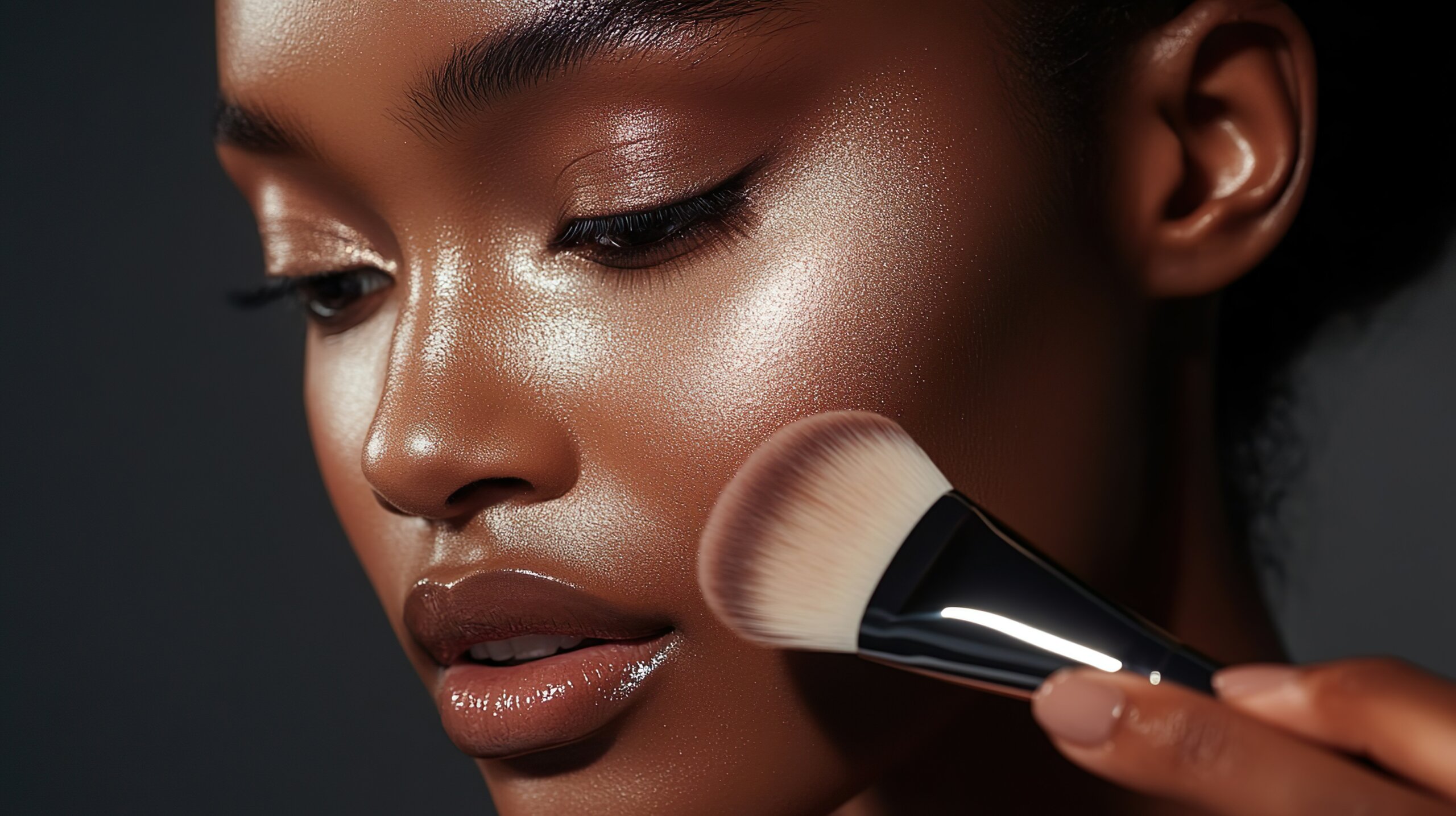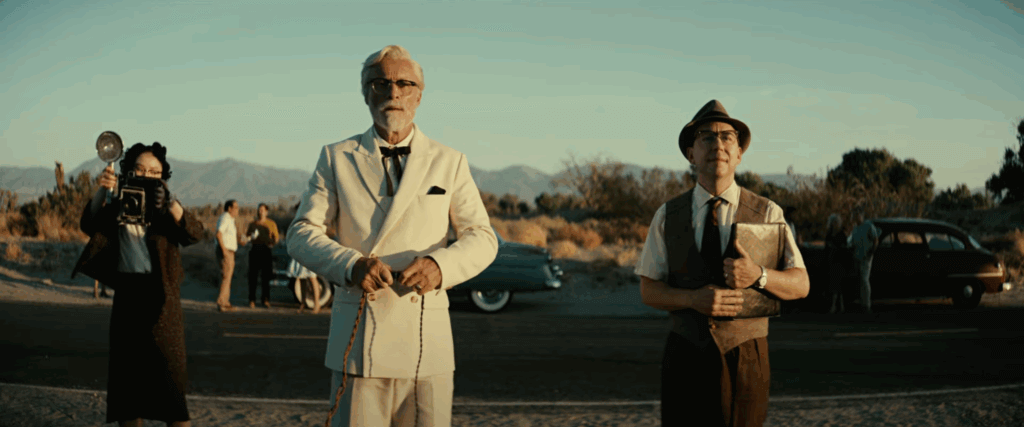Legacy beauty giants like Estée Lauder, L’Oréal, and Shiseido are no strangers to the spotlight, but the rise of brands like Rare Beauty, Saie, and Merit is forcing them to rethink their playbooks. With newer names capturing headlines and market share, the question is: how can established players stay relevant without losing their identity?
The Challenge: Competing with Fresh Faces
The beauty industry is more dynamic than ever. With emerging brands leveraging social platforms, sustainability initiatives, and influencer-driven campaigns, long-standing companies face increasing pressure to adapt. The key isn’t just innovation—it’s finding ways to stay authentic while appealing to a new wave of consumers.
Strategies for Enterprise-Level Beauty Brands
1. Tell Stories That Matter
Consumers are looking for more than products—they want stories that resonate. For legacy brands, this means showcasing their heritage while speaking to today’s values.
Example: Blending expertise from board-certified dermatologist Lindsey Zubritsky with the launch of their new Pro-Collagen Peptide Plumping Moisturizer showcases how the brand combines scientific credibility and influencer reach to educate consumers on advanced skincare solutions and drive product awareness.
Action Steps:
- Share your brand’s journey in fresh ways, like mini-documentaries or interactive timelines.
- Collaborate with influencers who genuinely reflect your brand ethos to tell your story authentically.
2. Lead with Ethics and Transparency
Ethics aren’t a bonus anymore—they’re a baseline. Modern consumers want cruelty-free, sustainable, and socially responsible products.
Example: Saie’s Commitment to Community Support: Following the tragic fires across Los Angeles, Saie released a statement showing their support for the local community and demonstrating action with a donation to the The California Fire Foundation Wildlife Disaster & Relief Fund.
Action Steps:
- Regularly publish transparent updates on your ethical initiatives.
- Make certifications like Leaping Bunny or Fair Trade central to your marketing efforts.
3. Find Balance Between Legacy and Freshness
The challenge for legacy brands is staying innovative without losing their loyal customer base. The trick is to modernize while honoring the past.
Example: Estée Lauder x Ladurée: A limited-edition line blending beauty and luxury, inspired by Ladurée’s iconic macarons, showcasing how tradition and modern elegance can merge.
Action Steps:
- Launch limited-edition collaborations that feel modern but stay rooted in your brand’s identity.
- Partner with emerging designers or niche brands to inject freshness into your offerings.
4. Go Big on Social Commerce
TikTok, Instagram, and YouTube are where beauty trends are born. Established brands need to prioritize these platforms to remain visible and relevant.
Example: Fenty Beauty’s Instagram Dominance: Fenty capitalizes on all of the popular social commerce platforms, keeping promotions, sales, products, and shipping/checkout up-to-date at all times.
Action Steps:
- Host live shopping events or exclusive drops on TikTok and Instagram.
- Collaborate with influencers who not only have reach but also genuine credibility in beauty spaces.
5. Personalize Everything
Generic marketing doesn’t cut it anymore. Personalization—from product recommendations to tailored campaigns—helps brands connect on a deeper level.
Examples:
- Sephora’s Loyalty Program: Offering personalized rewards and curated product suggestions based on customer preferences.
- Shiseido’s AI-Powered Tools: Using technology to analyze skin needs and provide customized solutions.
Action Steps:
- Invest in tools that analyze first-party data to deliver hyper-relevant experiences.
- Use personalization not just for product recommendations but across email, social, and in-store interactions.
The Bottom Line
Legacy beauty brands are at a crossroads. With competition from newer, agile brands, these companies need to evolve in ways that feel fresh but authentic. By focusing on transparency, storytelling, and innovation, these brands can hold onto their heritage while capturing the attention of modern consumers.What’s your next move? Let’s start the conversation about how to future-proof your strategy.






